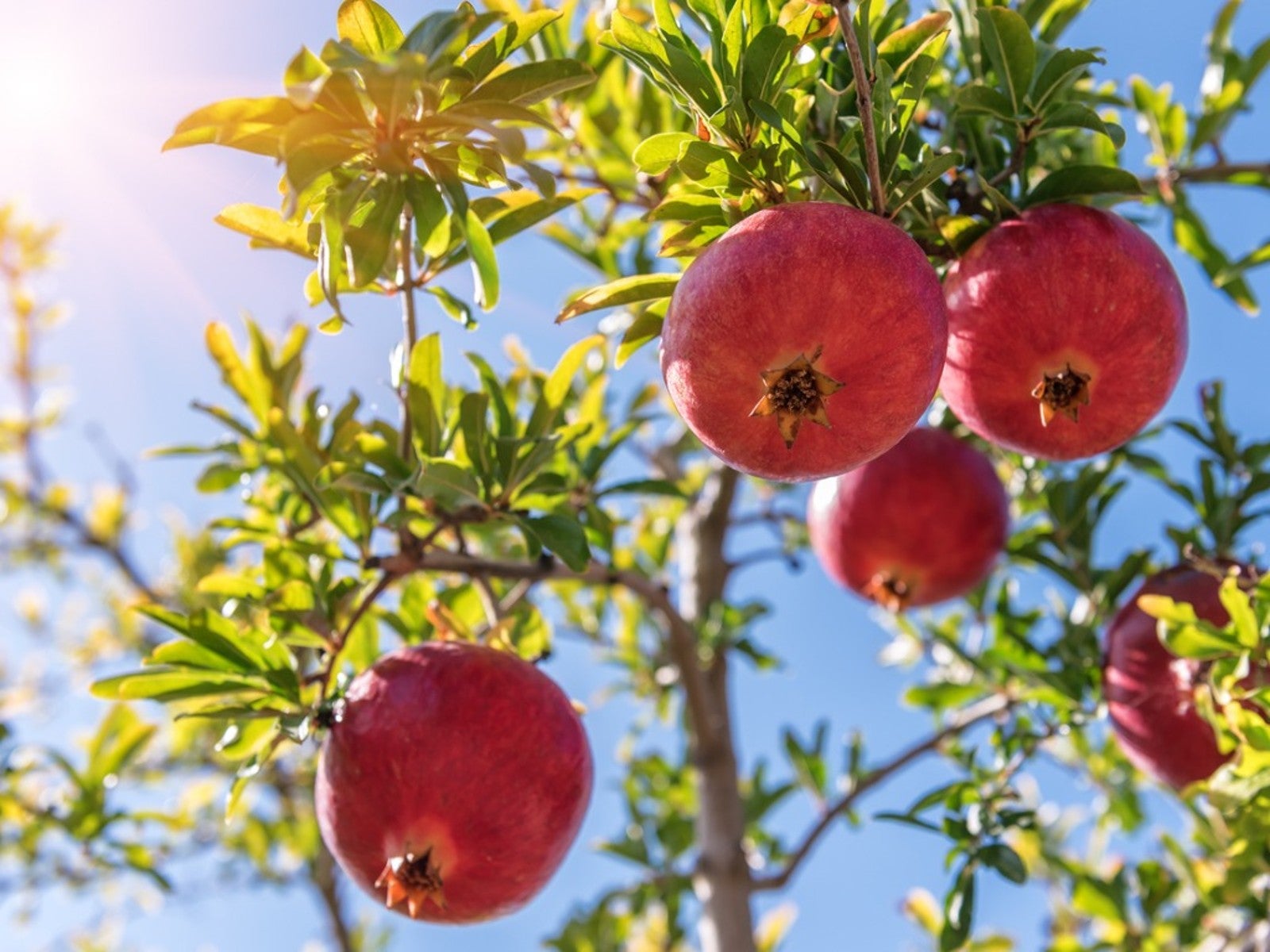Replanting Container Grown Pomegranate – Tips On Transplanting Potted Pomegranates Outside


Pomegranates (Punica granatum) can present as small trees or large shrubs. They are healthy trees if planted correctly and thrive in dry regions. It’s pretty easy to transplant a container grown pomegranate outdoors. You’ll need to be sure to get it sited correctly. Read on for more information for moving a potted pomegranate outdoors.
Pomegranate Tree Transplant
Pomegranate trees are not stately by any means. Many grow as bushy shrubs. They are resistant to pests and diseases though and are easy to transplant from a container into your backyard These trees thrive in USDA plant hardiness zones 7b through 12.
When is the best time to do a pomegranate tree transplant? If you buy a bare root plant, you’ll want to do it in the spring, right after you buy it. When you are moving a container grown pomegranate, however, you can be more flexible. You can undertake moving a potted pomegranate outdoors at any time of the year, although March and October are considered best.
Transplanting Potted Pomegranates
When you are transplanting potted pomegranates, you’ll want to take care when selecting the site. Pick the brightest site available in your landscape and avoid low-lying frost pockets, trees may be damaged by unseasonable frosts.
Also make sure that the soil is fertile and drains well. Pomegranates thrive in dry soil so sandy loam is ideal. These trees prefer slightly alkaline soil.
Moving a Potted Pomegranate Outdoors
What’s the first step when you are moving a potted pomegranate outdoors? First, take the shrub from the pot and set the root ball in a bucket of water. Let it stay there for at least two hours.
Dig a hole in the selected site. Make it the same depth as the root ball of the container grown pomegranate so that the tree is planted as deep in the ground as it was in the container. Make the hole twice or even three times as wide as the root ball. Fill the hole with soil. Do not add fertilizer.
Sign up for the Gardening Know How newsletter today and receive a free copy of our e-book "How to Grow Delicious Tomatoes".
Water your newly planted pomegranate well at planting time. Keep the water coming on a daily basis for a few weeks, then slowly reduce the irrigation to twice a week. Each time you water, be sure that the entire root ball gets thoroughly wet. Keep this up for the first year.

Teo Spengler is a master gardener and a docent at the San Francisco Botanical Garden, where she hosts public tours. She has studied horticulture and written about nature, trees, plants, and gardening for more than two decades, following a career as an attorney and legal writer. Her extended family includes some 30 houseplants and hundreds of outdoor plants, including 250 trees, which are her main passion. Spengler currently splits her life between San Francisco and the French Basque Country, though she was raised in Alaska, giving her experience of gardening in a range of climates.